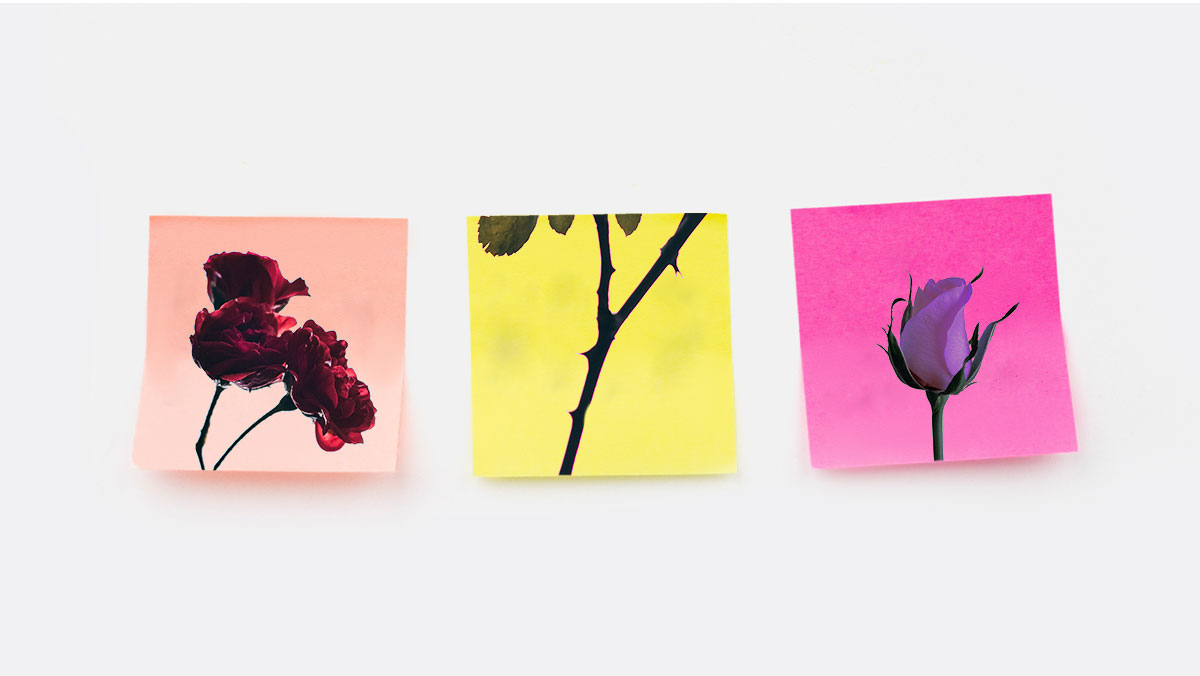
It’s the beginning of the year. Many businesses – and the individuals within them – start to think about how the upcoming months could pan out. They reflect on recent events, causes for celebration, and key learnings, and they strategize to plan for what’s to come. Goals are set, changes are sometimes implemented, and there’s often a refreshed sense of energy – not least because the festive recharge does people a lot of good.
But the early part of 2022 felt a little different from normal. There wasn’t the standard ‘new year, fresh start’ ambiance – there was more than that. Because, whether you love or loathe resolutions, many organizations need this year to be different, after such a prolonged tumultuous time.
Some are hoping this will now be the year of their recovery, while others have thrived despite the pressure and need to regain a degree of balance before the perils of burnout bed in. A ‘healthy’ 2022 will look and feel very different from one company to the next.
But whatever the focus, if brands are thinking about how to improve organizational health this year, where’s the right place to start? Perhaps with a spot of ‘gardening’.
It will come as no surprise that I’m not suggesting we all run to the shed for a pair of secateurs. Instead, I’m referring to the “Rose, Thorn, Bud” technique, which can prove to be an extremely powerful way to gather and codify vast amounts of data during a problem-solving process. Utilizing the insights uncovered, constructive next steps can then be planned and pursued.
Although this is now a readily adopted approach within the creative industry, it was actually made famous by the Boy Scouts of America. This simple practice encourages Scouts to identify one positive experience (Rose), one negative experience (Thorn), and one new goal or insight that has potential (Bud).
Designers have gone on to utilize and adapt the method, not least because of the speed and versatility of its application. At least 24 pieces of insight can be gathered from eight people, in less than two minutes, for example, which provides almost instant feedback and further ‘food for thought’. Participants’ points are now commonly written onto colored sticky notes too – pink (Rose), blue (Thorn), and green (Bud) – for added visual impact when clustering the findings.
It is important to note that this design tool doesn’t uncover detailed insights – not least because the technique encourages participants to use minimal words for each of the points they make. But it helps to gather superfast headline critique – good, bad, and also a sense of what could be – that definitely shapes next step thinking. It encourages feedback from everyone, too. The simplicity of the process makes the technique accessible to all, and the note-making inadvertently quietens the louder voices in the room who may otherwise dominate a verbal focus group setting – it is important to remember that quieter stakeholders may have crucial points to add, after all.
There is also no real limit to the number of people who can participate, so there’s an argument to involve as many individuals as possible, even if purely for engagement purposes – although you naturally reach a point of diminishing returns once over-arching trends are identified.
And, finally, the three-pronged approach stimulates a more balanced critique from people who may typically be biased towards seeing only the negative or positive in something.
For all of these reasons, and more, “Rose, Thorn, Bud” is a fantastic critiquing technique for everything from product design to organizational culture. It won’t return all the answers but it helps to uncover contextual qualitative data – from the people who matter – which can be used to shape what a brand does next. And when all eyes are on restoring the long-term health of businesses moving into 2022 and beyond, insights – rather than presumptions – really matter.
Cover image source: Anna Nekrashevich, Anthony, and Vishnu Mk
